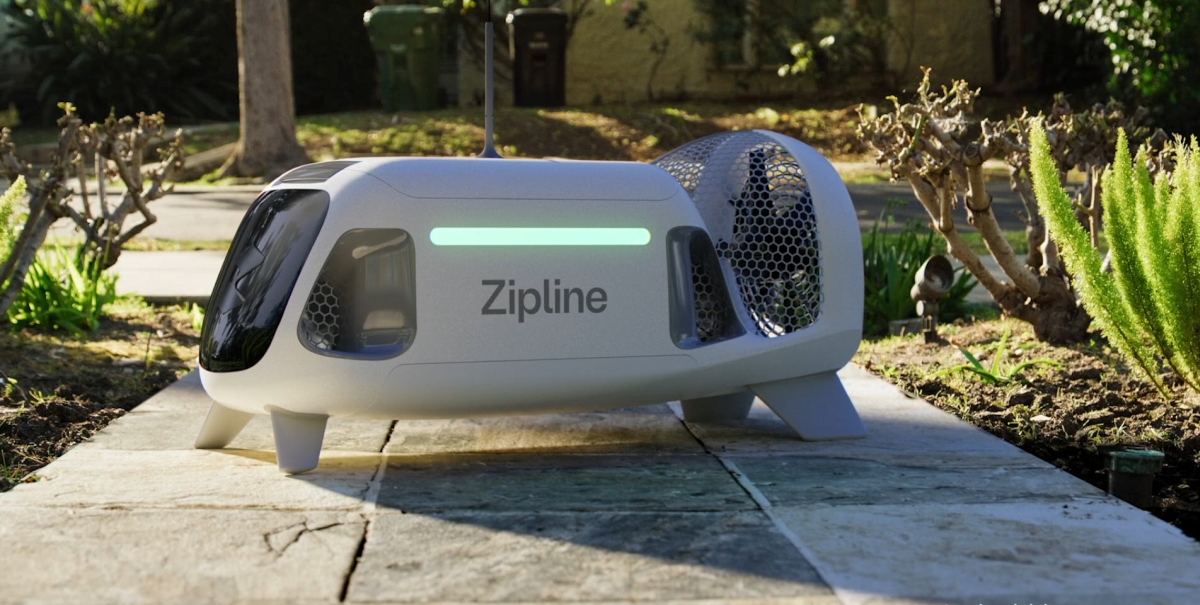In a recent announcement and report, ABI Research predicts that public safety LTE will hit the mainstream markets after 2020 as trials and deployments gain momentum across the world. The report says that hardware revenue could grow by 30 percent annually, and reach as much as $540 million by 2025. The United States, UK, and South Korea are likely to host the first three operational public safety LTE networks by the end of 2017 or early 2018, the analysts predict, with many countries following suit, either through a dedicated public safety LTE network or a hosted or shared infrastructure model.
“Coexistence with legacy public safety protocols is still crucial, as legacy protocols, such as TETRA and P25, are still being deployed by agencies across the world,” said Lian Jye Su, Senior Analyst, ABI Research. “Public safety LTE guarantees features that generate augmented user experience for public safety agencies through video streaming, file sharing, and real time analytics, without compromising security. It is imperative that authorities learn from countries like Australia and Finland, start early, and prepare for the switch.”
Public safety networks can benefit from technological advancements in LTE that introduce new applications like environmental sensors through LTE-M or NB-IoT, real-time surveillance through high-data throughput, and small unmanned aviation systems through edge computing. Existing public safety solutions, such as Computer Aided Dispatch (CAD) and Automatic Number Plate Recognition (ANPR) that currently operate in proprietary hardware and software, can be virtualized, secured, and integrated with an overlay of cross-functional data storage, analytics, and intelligence.
3GPP standardizations are propelling the trials and deployments, according to the report. “3GPP ensures standard features, supports the entire mobile consumer and public safety industry, and allows a niche segment in the wireless telecommunication market to benefit from the economy of scales in terms of user equipment, radio access equipment, core network, and IT infrastructure,” said Su. “LTE infrastructure vendors, notably Huawei and Nokia, featured mission critical LTE as a key part of their product roadmap. Public safety LTE compatible chipset and user equipment have also been launched or planned by major chipset suppliers and OEMs, such as Qualcomm and Motorola.”
Edited by
Ken Briodagh





